Kystfortellinger og varierte stier
Registrer deg gratis for å få tilgang til mange av kartene og gpx-filene.
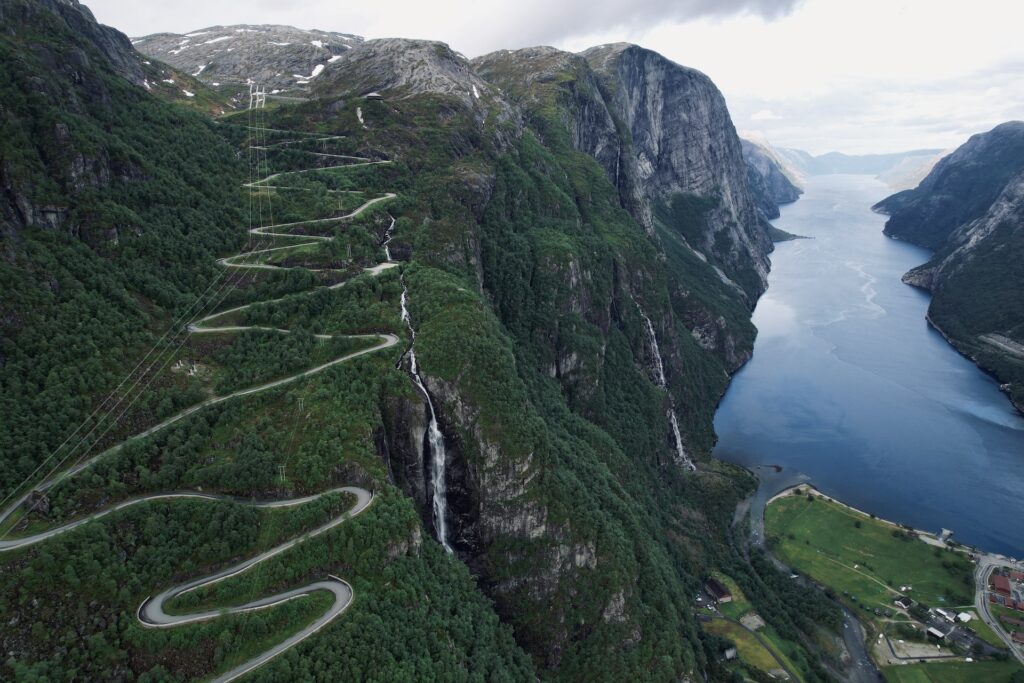







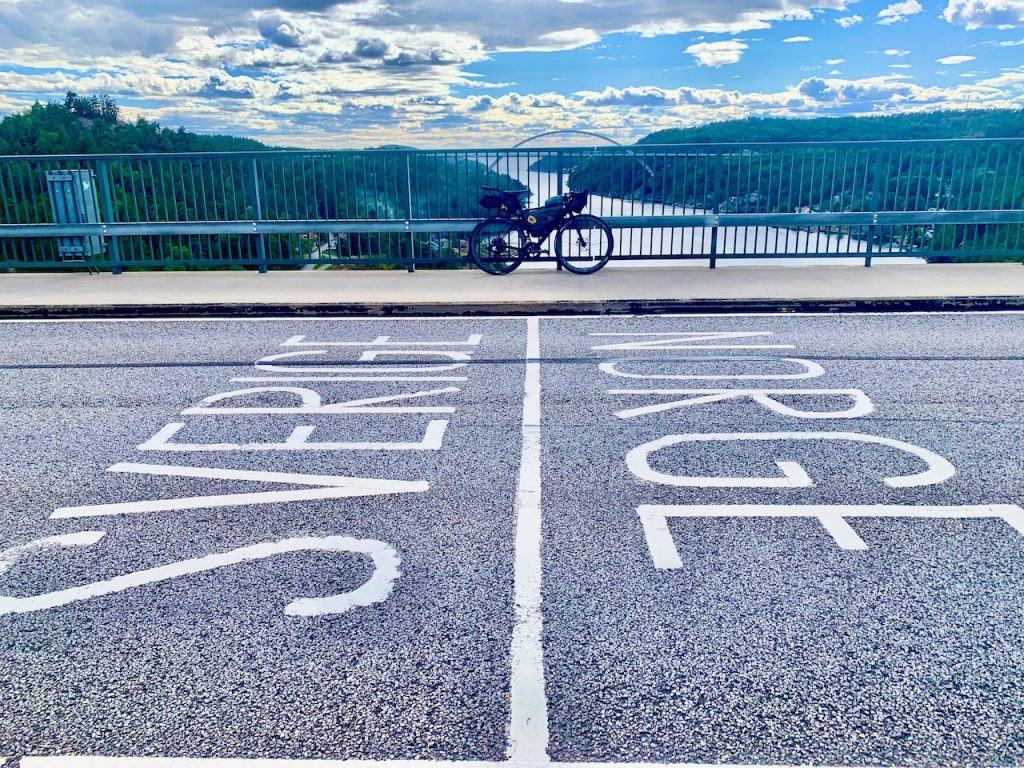









Nede i sør får Norge en helt ny stemning. Langs Skagerak-kysten har sommeren sitt hovedkvarter! Kystbyene våkner virkelig til liv når solen skinner. I juli er det som om hele Norge strømmer hit for å suge til seg skikkelig "riviera"-stemning.
For oss syklister er det en kjærkommen avveksling fra de kjøligere områdene lenger nord. Nattene er behagelige, og havet innbyr til en dukkert i juli og august.
Sørlandet har kanskje ikke den samme storslåtte naturen som lenger nord, men kystlinjen, som er full av øyer og halvøyer, er en drøm å tråkke langs. Og hvis du beveger deg litt innover i landet, befinner du deg midt i de store, stille skogene i Telemark og Agder - perfekt for deg som ønsker litt ensomhet.
Tilbake på kysten er byer som Kragerø, Risør, Tvedestrand, Arendal, Lillesand og Kristiansand alle perler som er verdt å sjekke ut. Det er her du virkelig kan dykke ned i norsk kultur på sitt beste.
Så hvis du er ute etter den ekte norske opplevelsen, bør du ikke hoppe over å utforske sørkysten.

Som jeg nevnte tidligere, kan sørlandskysten skilte med noen av Norges varmeste og mest solrike steder. Vi snakker om temperaturer på over 25 grader Celsius på solfylte dager, spesielt når du drar innover i landet mot Setesdal, Hallingdal og Telemark. Langs kysten er det en mild bris som gjør sykling til en fryd på de varme dagene.
Men når du krysser enden av den skandinaviske fjellkjeden, begynner ting å endre seg. Du vil legge merke til klimaendringene, med lavere gjennomsnittstemperaturer, mer nedbør og mer skyet himmel i den sørvestlige delen. Stavanger har et klima som ligner Bergens (vått), mens Kristiansands klima er mer likt Oslos (tørrere og mer solrikt).
Selv om en stor del av befolkningen bor eller reiser til denne regionen, er det begrenset med kollektivtransport for syklister som følger hovedsykkelrutene. Hovedtoglinjen Oslo-Stavanger går innover i landet og bort fra kysten. Ingen av kystbyene, med unntak av Kristiansand (Arendal med forbindelse), har togstasjon. Du må ta en omvei på over 30 km bort fra hovedrutene langs kysten for å komme til en stasjon.
I motsetning til på vestkysten går det heller ingen hurtigbåter eller kystbåter mellom byene, noe som gjør det vanskelig å hoppe over strekninger med sykkel. Det beste alternativet er lokale busser som forbinder byene, og som tillater sykkel om bord. Langdistansebussene (f.eks. Oslo-Stavanger) tillater ikke sykler om bord.
Hvis du er ny på bikepacking eller touring, er sørøstkysten det perfekte stedet å begynne med det gunstige klimaet, de rolige veiene, det flate terrenget, det begrensede antallet tunneler og den enkle tilgangen til overnatting og mat. De vakre byene du passerer, er perfekte for hviledager og en pause fra sykkelen.
Når du har opparbeidet deg selvtillit på sykkelen, er det enkelt å sette kursen nordover gjennom de stille skogene mot det sentrale høylandet, der eventyret virkelig begynner!

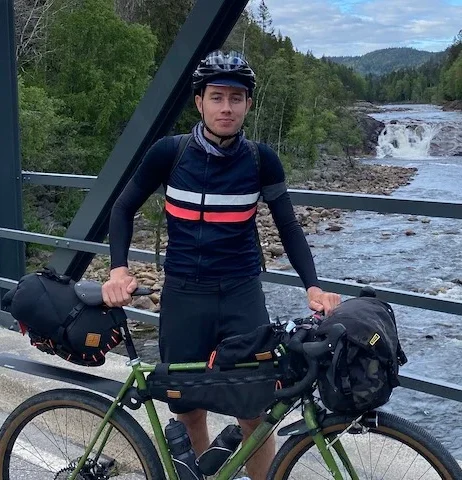
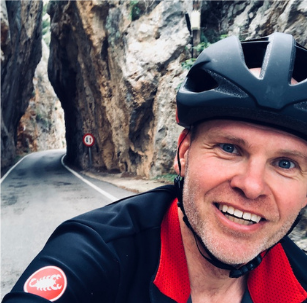



Sykle i variert terreng, fra flate, kuperte kystveier til en 27-svingete fjellrute.
Hvis du gjør deg klar til å utforske de sjarmerende byene langs sørkysten, må du ikke glemme fottøyet ditt. Flip flops kan virke behagelige til å begynne med, men de holder ikke etter noen kilometers gange. På den annen side kan det være vanskelig å pakke med seg store joggesko eller joggesko. Det er her Restraps Quoc x-sandaler kommer til nytte. De er allsidige nok til å rusle gjennom byen eller vandre i naturen, og det beste av alt? De kan enkelt festes på utsiden av sadelvesken.
Les mer om de mest populære byene å besøke på sørkysten. Alle har sin egen unike sjarm, og det arrangeres festivaler og happenings gjennom hele sommeren. I august er det Risør trebåtfestival trekker store folkemengder hvert år.
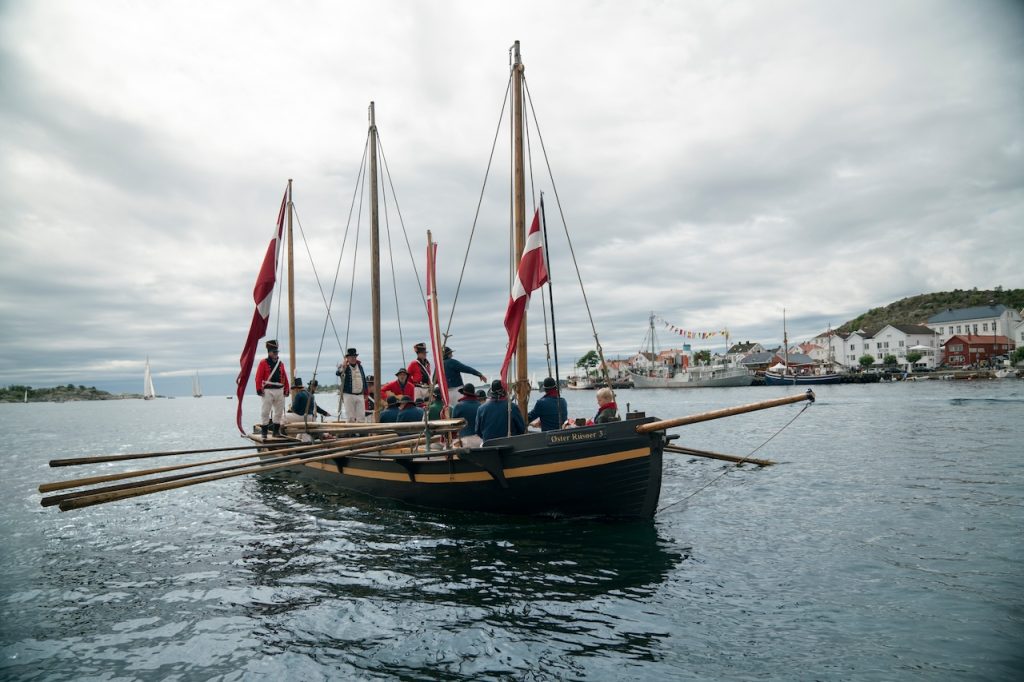 Risør Trebåtfestival - visitnorway.com
Risør Trebåtfestival - visitnorway.com
Cycle Norway er dedikert til å gjøre Norge tryggere og morsommere å oppleve på sykkel, og til å inspirere og informere et voksende publikum om de mulighetene som finnes.